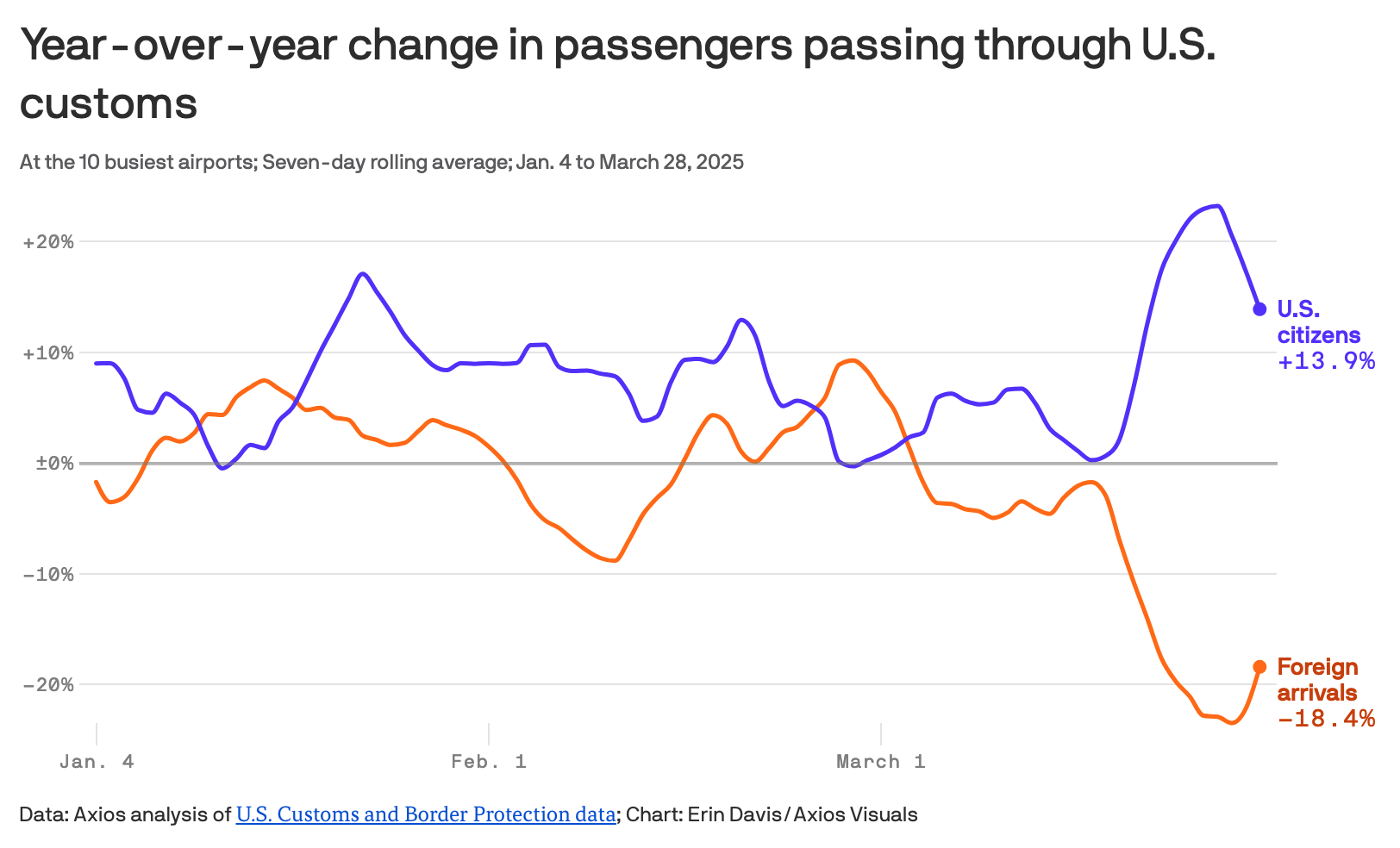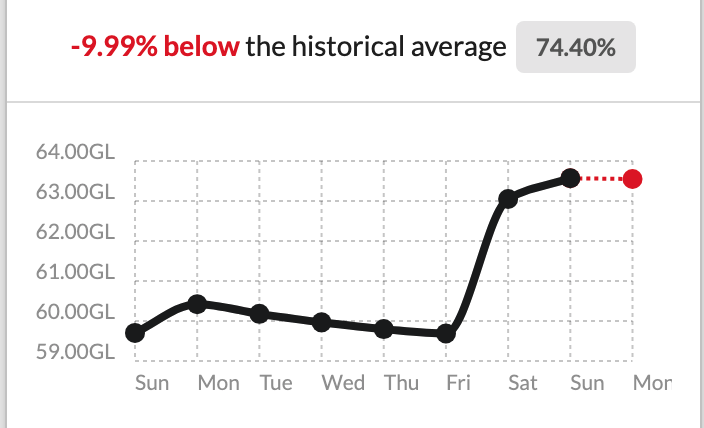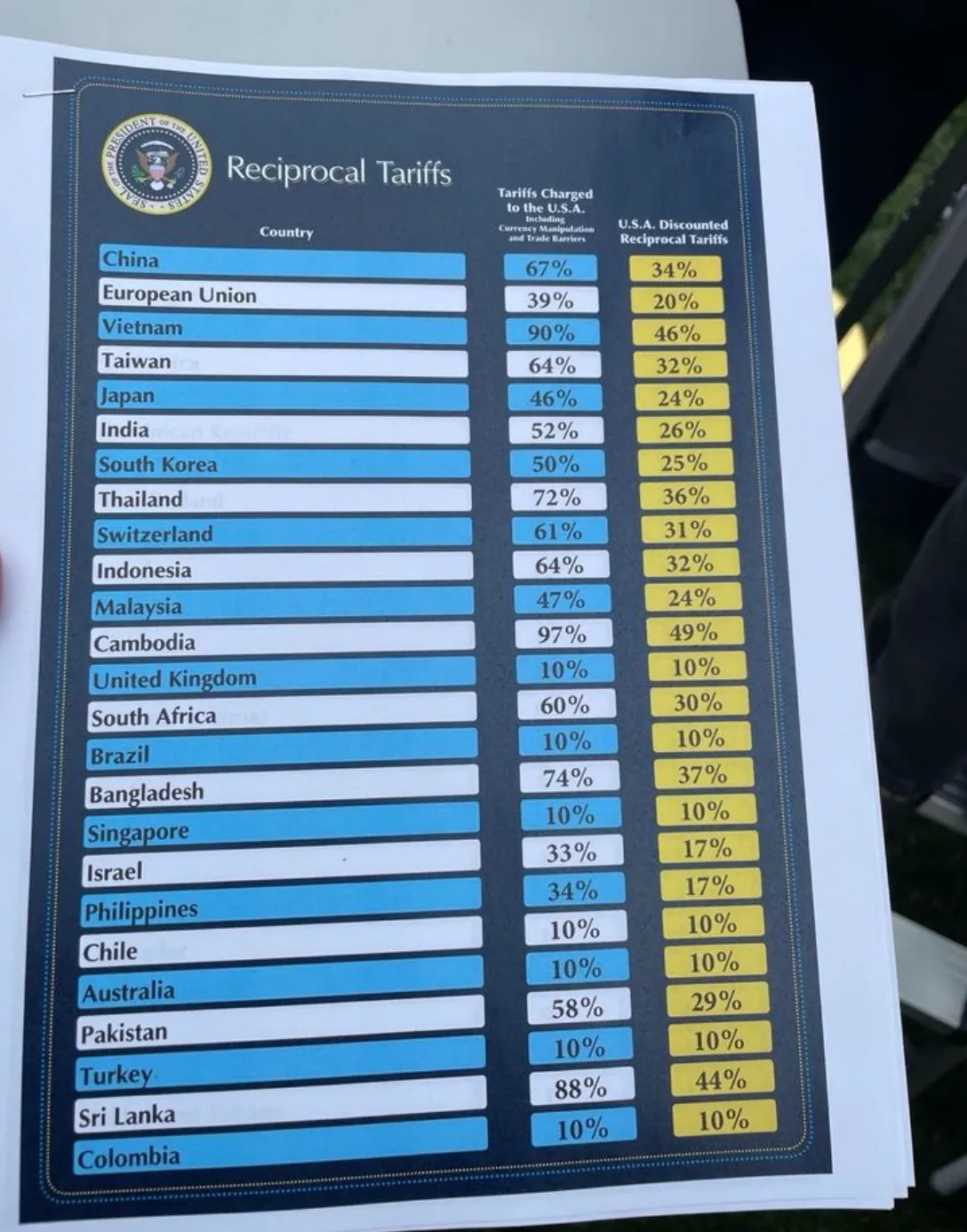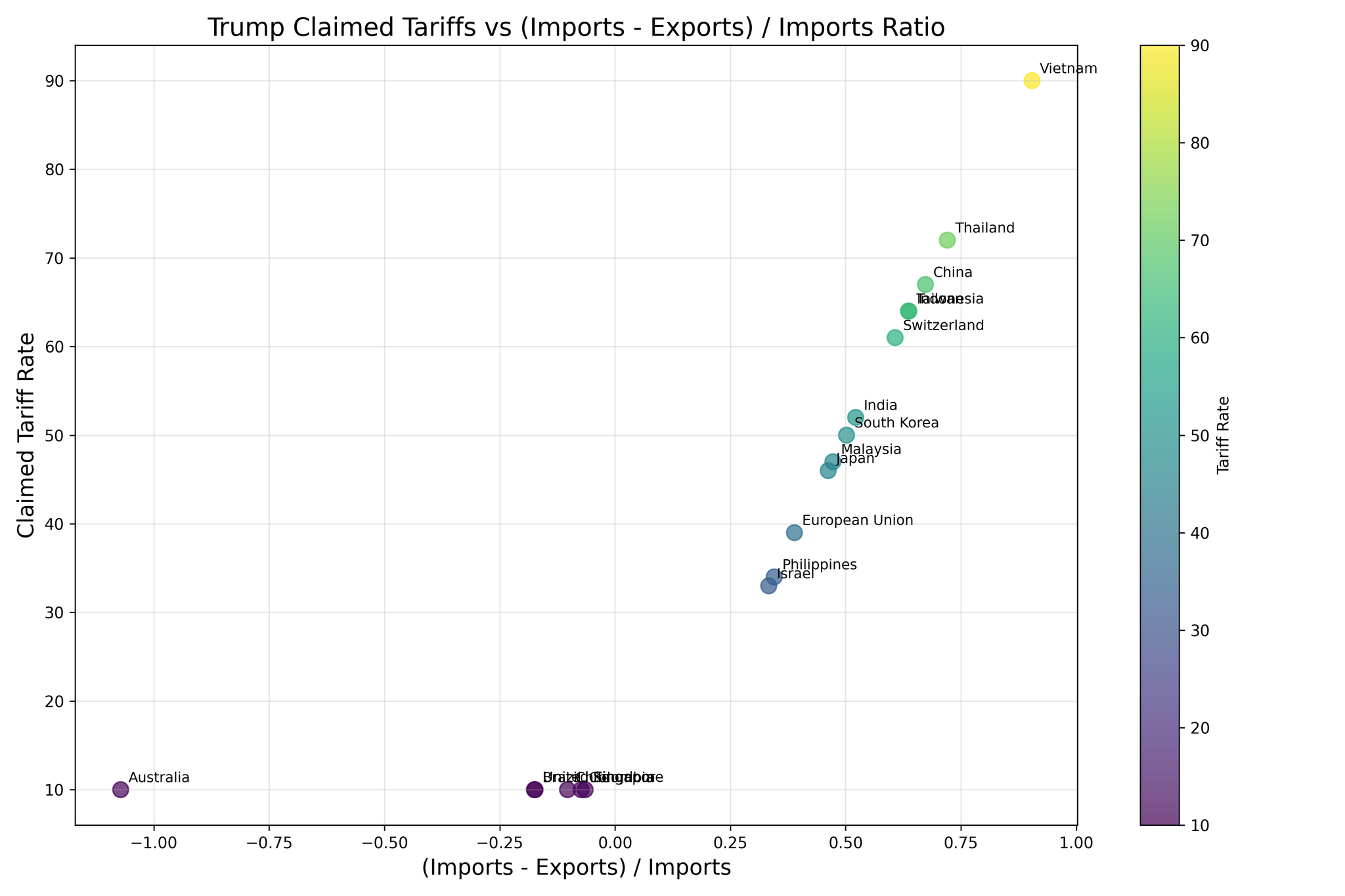One News had a story based on a press release from NZ Food Network. NZFN are a very worthwhile organisation. They coordinate donations and purchasing of bulk food for food banks, which they same amounts to about 45% of the food being distributed. If you were looking to donate to an organisation that helps feed people in this country, they look like a cost-effective choice. NZFN also run a food bank survey and a food security snapshot to find out about national needs and supply by food banks.
The headline figure in the press release is that the food banks “provided food to over 500,000 individuals each month”, based on the current survey. That’s a lot.
One News, but not the press release, said this was an all-time high. Looking at previous annual reports and information sheets from NZFN, it doesn’t seem to be. NZFN reported 454,000 in the first half of 2024, but their 2024 Annual Report said 655,152 for the second half of 2023 and the 2023 annual report says 480,104. The number has been close to 10% of the New Zealand population ever since NZFN really got going. The scandal isn’t that the number is up, it’s that the number has been high for years!
What has changed noticeably is the total amount of food NZFN has been able to distribute. The 2022 annual reports says about 8.6 million kg, the 2024 annual report says 5.6 million, and the 2024/2025 summer newsletter says 6.3 million. They lost some government funding to purchase food, even as demand was increasing. (If you look at the current press release you see a higher number that that for total food distributed, but I think that’s total distributed by the food hubs, rather than by NZFN)
I said “the number” is close to 10% of the population. It’s a bit hard to find out exactly what this number means: is it genuinely unique people fed per month? Do the food hubs actually count how many people each recipient is feeding, and track individual visitors? The reason I’m a bit suspicious about the number is a 2023 press release
Over half a million people are now being supported by NZFN food hubs each month but there is still a growing need. That works out to 1,868,491 more people being supported by NZFN, than they were in January 2020.
It’s not possible to get a total number of extra people from a monthly number, because you’d need to track individual people over the whole year; you can only get total number of visits. Given this, it looks possible that that the 500,000 per month might also be total number of visits rather than unique monthly visitors. It would still be a lot, either way.
You might think that I should answer this question by contacting NZFN rather than guessing. I’m not sure I (as a One News reader) should have to, but I did actually try that.





